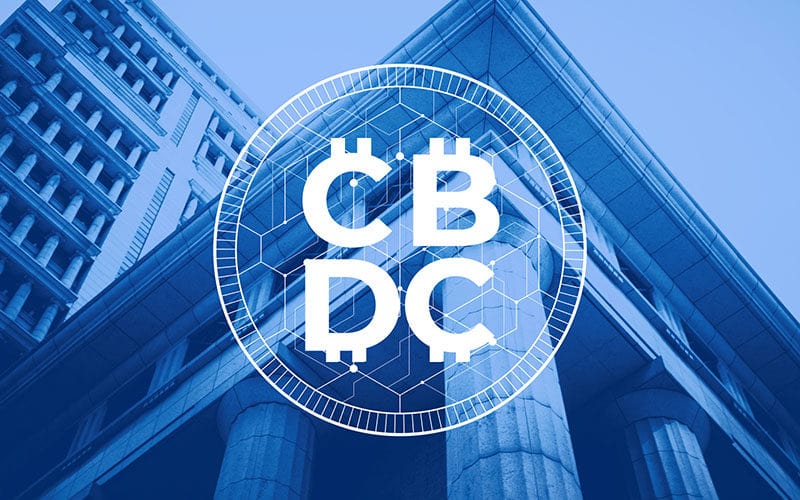Central Bank Digital Currencies (CBDC) have emerged as a significant development in the world of cryptocurrencies and digital finance. As governments explore the potential of issuing their digital currencies, CBDCs have the potential to revolutionize the traditional financial system and reshape the crypto landscape.
In this article, we will delve into the impact of CBDCs on the crypto landscape and discuss the implications for various stakeholders.
Definition and Features of CBDC
CBDCs can be defined as digital representations of a country’s fiat currency, issued and regulated by the respective central bank. Unlike traditional cryptocurrencies like Bitcoin or Ethereum, CBDCs are centralized and operate within the existing financial framework. CBDCs aim to combine the advantages of digital currencies, such as faster transactions and increased accessibility, with the stability and security of fiat currencies.
CBDCs can take different forms, such as wholesale CBDCs used for interbank settlements or retail CBDCs accessible to the general public. The design and implementation of CBDCs vary across countries, reflecting the specific objectives and priorities of each central bank.
Increased Financial Inclusion and Accessibility
One of the key potential benefits of CBDCs is the ability to enhance financial inclusion and accessibility. By providing a digital currency issued by a central bank, CBDCs can reach individuals who are currently unbanked or underbanked. CBDCs can offer a secure and efficient means of payment, particularly in regions with limited access to traditional banking services.
Moreover, CBDCs can streamline cross-border transactions, simplifying remittances and reducing costs associated with international money transfers. This increased accessibility can contribute to economic development and facilitate greater participation in the global financial system.

Impact on Traditional Banking System
The introduction of CBDCs poses both opportunities and challenges for traditional banks. On the one hand, CBDCs can provide an additional tool for central banks to implement monetary policy and regulate the financial system more effectively. The transparency and traceability of CBDC transactions can assist in combating money laundering and illicit activities.
On the other hand, CBDCs may disrupt the traditional banking system by potentially reducing the need for intermediaries in certain financial transactions. The direct issuance of digital currency by central banks can bypass traditional commercial banks, affecting their role as financial intermediaries. Banks may need to adapt their business models to remain relevant in a CBDC-driven ecosystem.
Do check out: Cryptocurrency Exchanges: Choosing the Right Platform for Trading
Impact on Cryptocurrencies and Stablecoins
The introduction of CBDCs has implications for existing cryptocurrencies and stablecoins. CBDCs share similarities with cryptocurrencies, such as digital form and potential efficiency gains. However, CBDCs differ significantly in terms of centralization and regulation.
CBDCs may compete with private cryptocurrencies and stablecoins in terms of trust and adoption. While private cryptocurrencies offer decentralized control and privacy, CBDCs provide the backing of the central bank and the stability associated with a fiat currency. The emergence of CBDCs could influence the adoption and acceptance of private cryptocurrencies and stablecoins, potentially leading to a shift in the crypto landscape.
Regulatory Challenges and Concerns
The implementation of CBDCs raises various regulatory challenges and concerns. Privacy and data protection are important considerations, as the central bank would have access to detailed transaction data. Striking a balance between privacy and the need to combat illicit activities will be crucial to ensure public trust in CBDCs.
Interoperability and cross-border regulatory frameworks are also significant challenges. As CBDCs gain popularity, coordination between central banks and regulatory bodies will be essential to address issues related to cross-border transactions, money laundering, and cybersecurity.

Potential for Innovation and Smart Contracts
CBDCs can provide a platform for innovation and the development of new financial instruments. Smart contracts, built on blockchain technology, can be integrated with CBDCs to automate and enforce contractual agreements. This can revolutionize various sectors, including supply chain management, decentralized finance (DeFi), and digital identity verification.
The integration of CBDCs with smart contracts can enable programmable money, allowing for automated transactions, conditional payments, and real-time settlements. This innovation can foster financial inclusion and create new opportunities for businesses and individuals.
Do check out: Environmental Impact of Cryptocurrencies: A Closer Look
Geopolitical Implications
CBDCs have geopolitical implications, as countries vie for digital currency dominance. The introduction of CBDCs can impact international trade, financial power dynamics, and global reserve currencies. It may influence the role of traditional reserve currencies like the US dollar and challenge the dominance of private cryptocurrencies in cross-border transactions.
Conclusion
Central Bank Digital Currencies (CBDCs) have the potential to transform the traditional financial system and reshape the crypto landscape. With their potential for increased financial inclusion, improved accessibility, and innovation, CBDCs offer both opportunities and challenges for various stakeholders.
The impact of CBDCs on the crypto landscape will depend on several factors, including their design, adoption, regulatory frameworks, and interoperability. As central banks around the world explore CBDC implementation, it is essential to monitor the evolving landscape and anticipate the potential consequences for cryptocurrencies, traditional banking systems, financial inclusion, and global economic dynamics.










